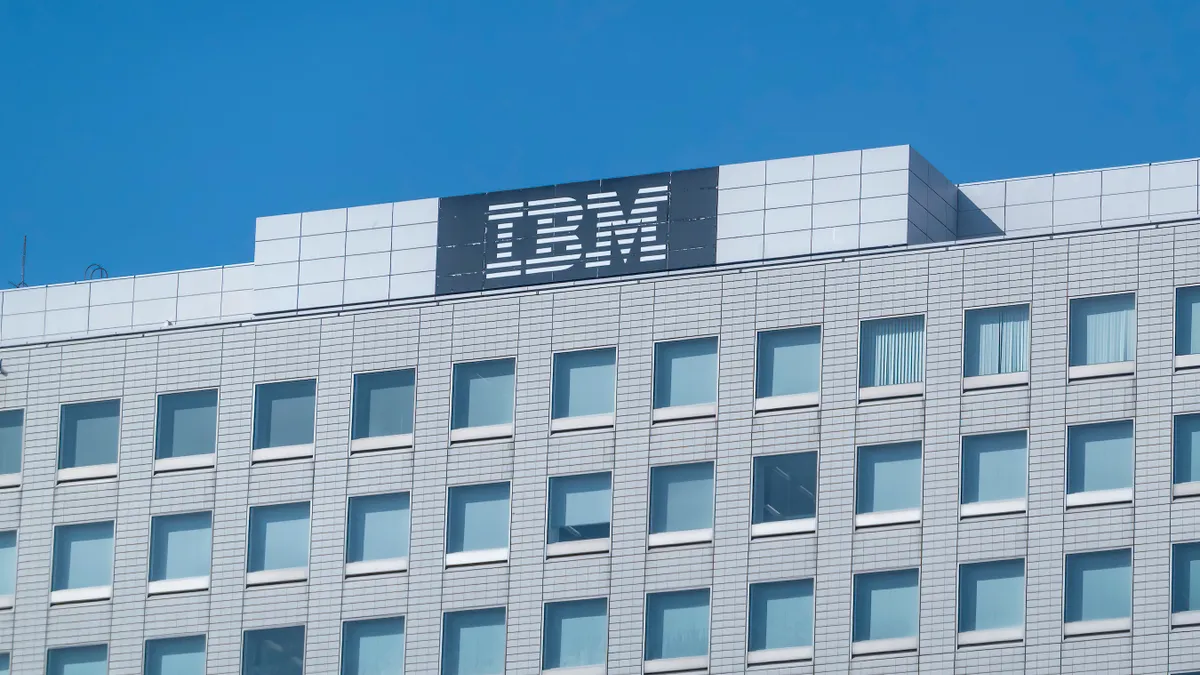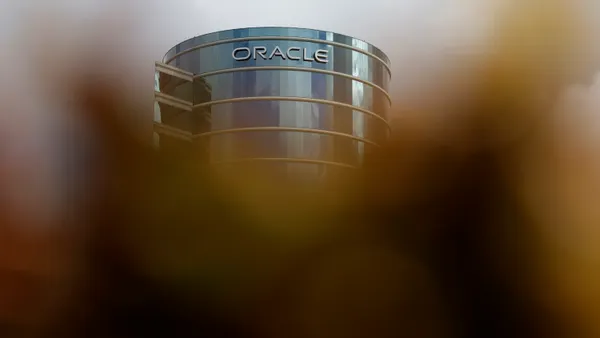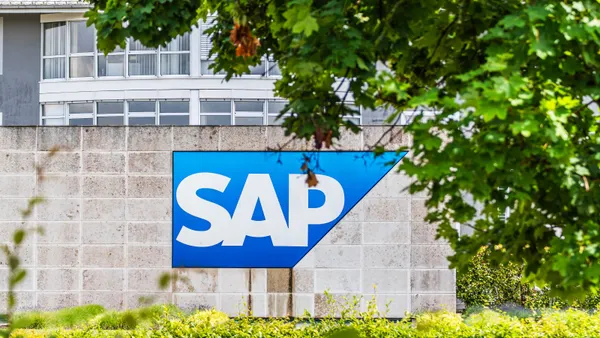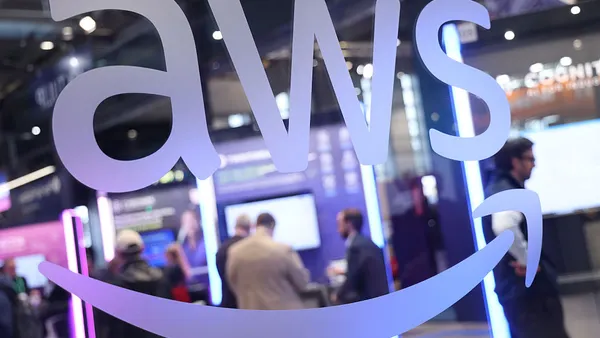Dive Brief:
- IBM has grown out its software division in the five years since it acquired open-source solution provider Red Hat for $34 billion, executives said Wednesday, during a Q3 2024 earnings call for the three-month period ending Sept. 30. The company reported software revenue of $6.5 billion, up 9.7% year over year, on $15 billion in total revenue.
- Software is “integral to our hybrid cloud and AI platformcentric model — it’s all built around software” Jim Kavanaugh, IBM’s SVP and CFO, said Wednesday.
- The company’s software gains were offset by a slowdown in other divisions. Infrastructure revenue fell 7%, which SVP and CFO Jim Kavanaugh attributed to product cycle dynamics. Hybrid infrastructure was down 9% while infrastructure support declined by 3%.
Dive Insight:
Red Hat quarterly revenues have doubled in size since IBM completed the acquisition, IBM Chairman and CEO Arvind Krishna said.
The subsidiary, which provides hybrid cloud optimization tools, container solutions and automation technologies, had its largest single quarter of signings under IBM in Q3, according to .
Acquisitions remain central to IBM’s growth strategy. As the mainframe powerhouse shifted its focus to hybrid enterprise solutions, Red Hat fed an appetite for vendor-agnostic, open-source software to bridge the gap between on-prem systems and public cloud.
IBM acquired Kubecost, a cloud container cost management solution, last month for an undisclosed sum and spent $6.4 billion acquiring hybrid-cloud platform HashiCorp in April. The company started the year with the purchase of Advanced’s mainframe app modernization division, also for an undisclosed sum, and added Apptio and Software AG’s StreamSets and webMethods solutions to its hybrid-cloud portfolio last year.
“The StreamSets and webMethods assets are now part of the software business, and we continue to expect the HashiCorp acquisition to close by the end of this year,” Kavanaugh said.
In the last two years, IBM has infused AI capabilities into its hybrid-cloud solutions, training the watsonx platform Granite models to refactor mainframe COBOL applications and deploying an AI governance toolkit designed to manage multiple models.
The company added to its AI arsenal Monday with the release of two general-purpose Granite models under Apache 2.0 open-source licenses.
As enterprises adopt those tools, AI has become a growing chunk of IBM’s software business. The company banked roughly $3 billion in generative AI business during the quarter, an increase of more than $1 billion from Q2, according to Krishna. Approximately one-fifth of that business is software, with the bulk attributed to consulting, he said.
Rather than develop consumer-oriented models, IBM has focused more narrowly on business use cases, like coding assistants, chatbots and lighter-weight tunable models.
“If you’re running a big consumer model, you have no idea if the person is going to ask you to summarize a document or a piece of text, which they do, or ask you to write a poem or a haiku or translate Finnish to French,” Krishna said. Running a full-scale model for enterprise transactions would cost tens of millions of dollars a day, he said.















